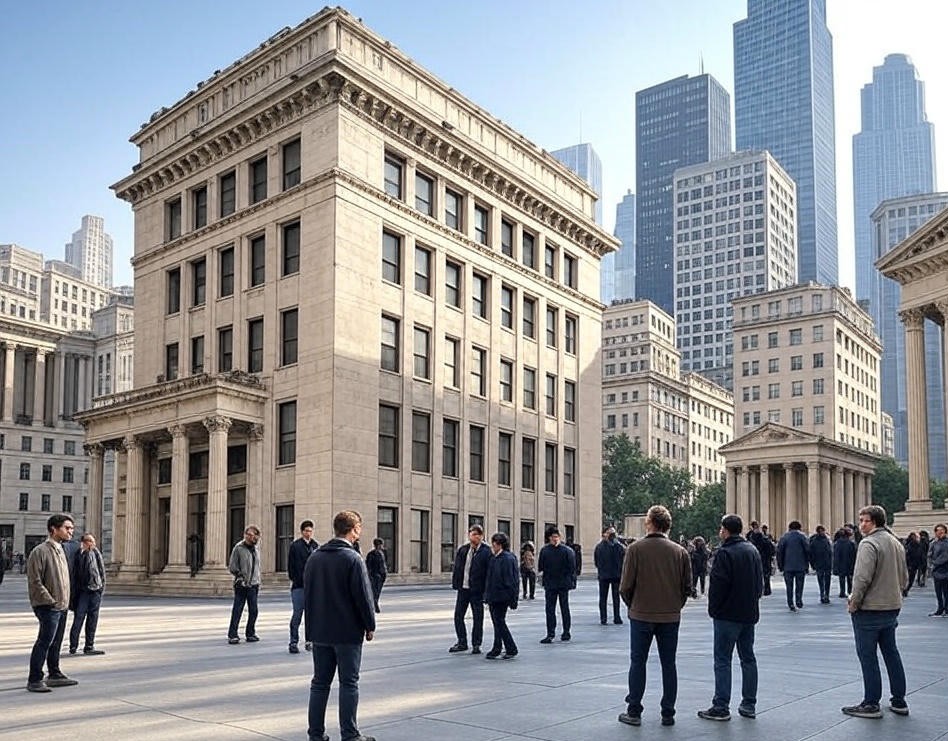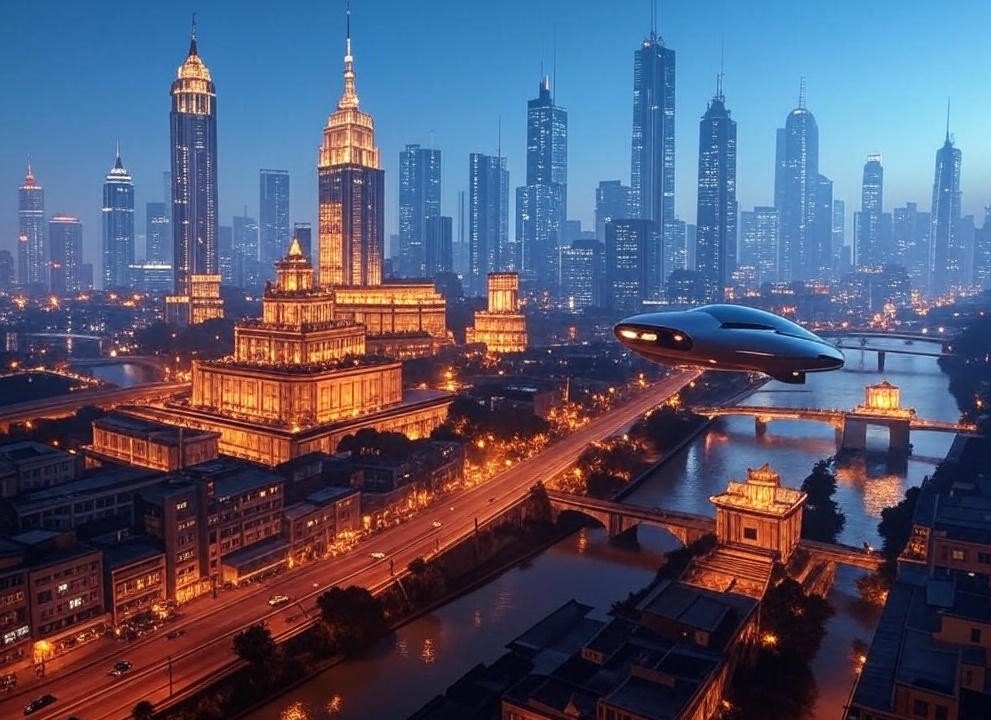Cities have always been the beating heart of human civilization. From the mud-brick walls of Uruk to the towering skyscrapers of Neom, urban spaces have continuously evolved, reflecting technological advancements, cultural shifts, and environmental challenges.
This article explores the journey of cities—from their ancient origins to the futuristic metropolises of tomorrow—blending history, archaeology, urban planning, and cutting-edge science.
1: The Birth of Cities – Ancient Urbanization
The First Cities (4000–2000 BC)
The earliest cities emerged in Mesopotamia (Uruk, Ur), the Indus Valley (Mohenjo-Daro), and Egypt (Memphis). These cities shared key features:
- Agricultural Surplus: Farming innovations allowed populations to grow.
- Trade & Specialization: Markets, craftsmen, and administrators emerged.
- Defensive Walls & Governance: Laws (like Hammurabi’s Code) maintained order.
Remarkable Fact: Mohenjo-Daro had grid layouts, sewage systems, and public baths—indicating advanced urban planning.
Classical & Medieval Cities (500 BC–1500 AD)
- Rome: Aqueducts, roads, and the Cloaca Maxima (sewer system) set engineering benchmarks.
- Constantinople: A fortified trade hub between Europe and Asia.
- Tenochtitlán (Aztec Capital): Built on a lake with canals rivaling Venice.
Why Did Cities Thrive?
- Trade Routes (Silk Road, Trans-Saharan)
- Military Power (castles, walls)
- Religious & Political Centers (Vatican, Forbidden City)
2: The Industrial Revolution – Cities Transformed (18th–20th Century)
The steam engine, factories, and railways reshaped cities:
- Explosive Growth: London’s population jumped from 1 million (1800) to 6.7 million (1900).
- Urban Problems: Pollution, slums, and disease (e.g., London’s “Great Stink” of 1858).
- Solutions:
- Sanitation (sewers, clean water)
- Public Transport (subways, trams)
- Zoning Laws (separating factories from homes)
Key Innovation: The Eiffel Tower (1889) showcased steel’s potential, paving the way for skyscrapers.
3: The Modern Metropolis (21st Century Challenges)
Today’s cities face:
- Overpopulation (Tokyo: 37 million people)
- Pollution (Delhi’s smog, plastic waste)
- Climate Change (rising sea levels threaten Miami, Jakarta)
Solutions in Progress:
- Green Energy (solar-powered buildings, electric transport)
- Smart Cities (AI traffic control, IoT sensors)
- Vertical Farming (skyscraper greenhouses)
Case Study: Singapore
- Sky Greens: Vertical farms reduce food imports.
- Marina Barrage: A dam preventing floods while storing freshwater.
4: The Future City (2050 and Beyond)
What will cities look like in 50 years? Here are 5 futuristic concepts:
1. Floating Cities (Oceanix Project)
- Why? Rising sea levels may submerge coastal cities.
- How? Modular, buoyant platforms with renewable energy and aquaculture.
2. Underground & Arcology Cities
- Tokyo’s “Earthscrapers”: Extending 500m underground.
- Arcology (Architecture + Ecology): Self-contained megastructures (e.g., Saudi Arabia’s The Line).
3. AI-Governed Smart Cities
- Autonomous Everything: Self-driving cars, drone deliveries, robotic maintenance.
- Predictive AI: Detecting crime, optimizing energy, preventing disasters.
4. Green & Self-Sufficient Cities
- Carbon-Neutral Design: Buildings covered in algae bio-facades.
- Hyperloop Transit: 700 mph vacuum tube travel between cities.
5. Space Cities (Moon & Mars Bases)
- Elon Musk’s Mars City: Dome habitats with 3D-printed structures.
- NASA’s Lunar Gateway: A stepping stone for off-Earth urbanization.
Would you live in a floating city or a Martian colony? The future is closer than we think! 🚀



